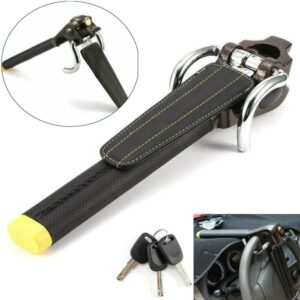Few things will put a damper on your day like realising you’ve been the victim of an car break-in. Unfortunately, it’s far from a rare occurrence—thousands of people deal with vehicle break-ins every year.
In the event that you’ve just experienced a car break-in, here is a quick guide to help you know what to do next, plus a few tips to help you secure your vehicle against future break-ins.

